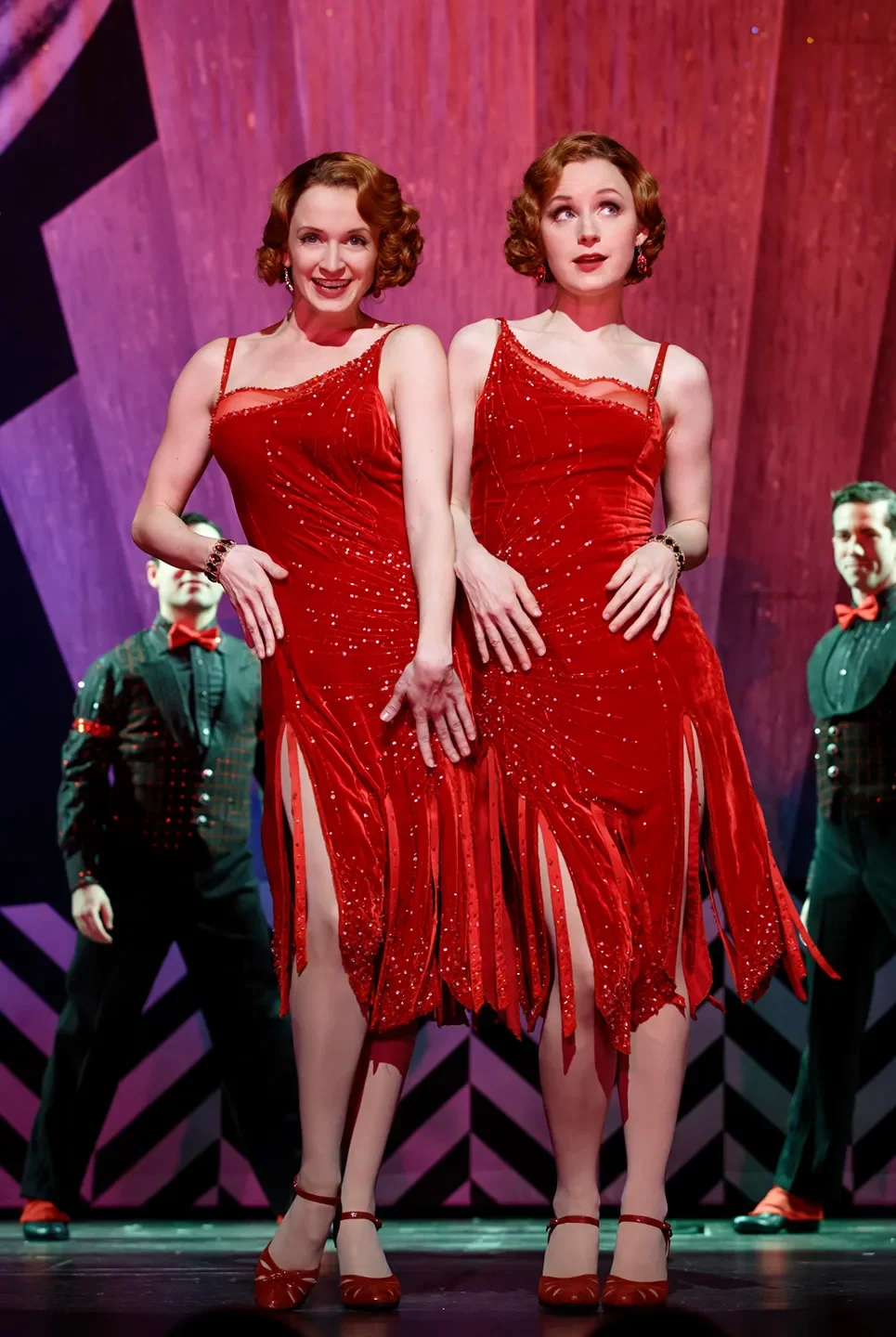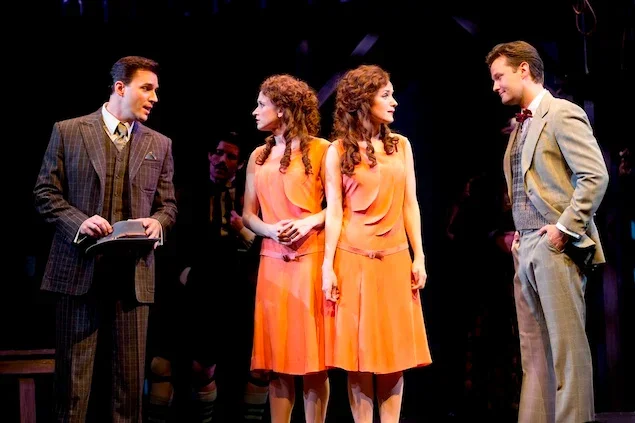Studies in Musical Theatre 13.1
Choreographing conjoinment:
Side Show ’s fleshly fixations and disability simulation
choreographing conjoinment
This article aims to amplify disability theory’s impact in performance studies by generating a framework for understanding disability representation in musical theatre. Taking the original and revival Broadway productions of Side Show (1997, 2014) as a case study, I articulate how the musical simulates disability through a ‘choreography of conjoinment’ that relies on the exceptional able-bodiedness of the actors playing conjoined twins Daisy and Violet Hilton. Using disability as a category of analysis reveals how disabled bodies are made to be maximally productive iterations of themselves in musicals. To support this claim, I track the shift from the 1997 production’s co-construction of disability by the actors and audience, which replicates the social model of disability, to the 2014 revival’s grounding in a diagnostic realism typical of disability’s medical model. Side Show’s trajectory generates possibilities for considering the musical as an archive for disability representation and knowledge, bioethical inquiry, and artistic innovation.

